I’ve been doing this too long to pretend it’s glamorous. But if you’re curious and want a beginner speedrun guide that doesn’t talk to you like a robot, pull up a chair. I’m that friend who tells you the truth about PBs, splits, Any%, glitchless, RNG, routes, and why your first run will probably be a beautiful disaster. In my experience, speedrunning feels like juggling while timing a microwave. It’s silly. It’s intense. It’s addictive. And yes, even a fifth grader could get the basics: go fast, don’t mess up, press reset a lot. Let’s talk about how to start speedrunning, timing (RTA vs IGT), LiveSplit, movement tech, leaderboards, and the uncanny ability of your hands to turn to noodles on your first PB pace run.
Why Speedrunning Is Weird And I Love It
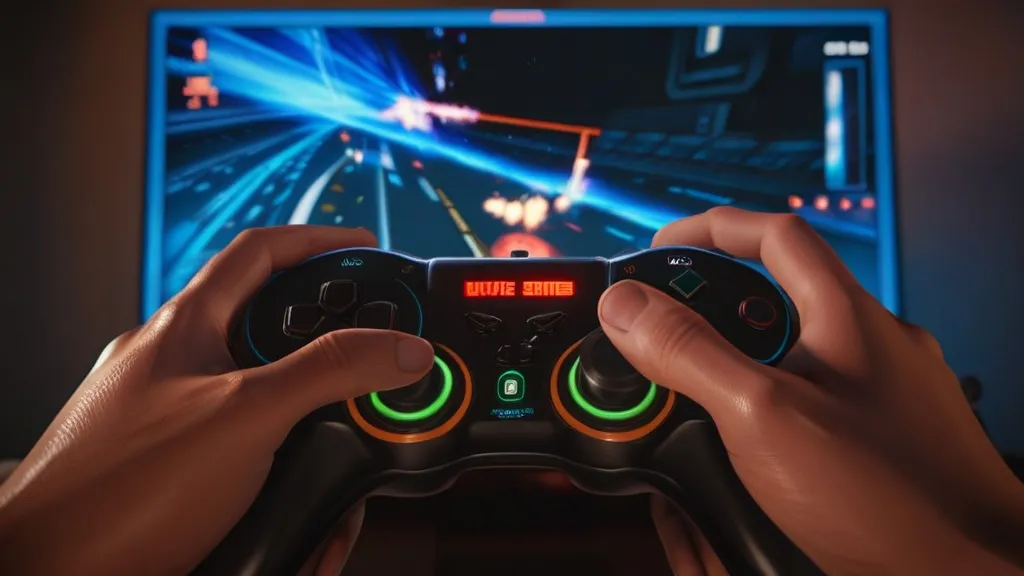
I got hooked more than a decade ago. Back when my capture card sounded like a hairdryer and my splits were a messy Notepad file named “pls-work.txt.” Speedrunning is this odd mix of science experiment and playground dare. You break games (sometimes), you memorize routes, you curse at random number gods. And somehow that’s relaxing after school or work. I know, it makes no sense. That’s the hobby.
So… what exactly is speedrunning?
Speedrunning is beating a game—or a defined part of it—as fast as possible. That can mean Any% (just get to credits), 100% (collect everything), or category rules like glitchless. Here’s the dry but useful backgrounder: Speedrun on Wikipedia. I’ve sent that link to more confused friends than I can count. It’ll give you the formal definition. Then come back here for the human version.
The main categories people actually run
- Any%: Fastest route to the end. Glitches? Usually allowed, unless the rules say otherwise.
- Glitchless: No glitches. But you’ll still do advanced movement, fancy tricks, and tricky skips that aren’t “glitches.” Yes, that’s confusing. Welcome.
- 100%: Get it all. Sometimes the “all” is predictable. Sometimes it’s like a committee wrote it at 2 a.m.
- Low%: Finish with as little as possible. Cute in theory. Pain in practice.
- TAS (tool-assisted): Created with tools, not real-time. Robots cooking. Cool to study, not for submission. More here if you’re curious: Tool-assisted speedrun.
Picking Your First Game (Don’t Overthink It, But You Will)
I always tell beginners: pick a game you actually like to play when you’re tired. Your first choice will probably be a mess anyway. Shorter is better. A 15–45 minute Any% is ideal. Think indie platformers, older action games, arcade-y stuff. If your first pick is a 6-hour RPG… look, I respect the chaos. But maybe don’t.
How I pick (and how I learned the hard way)
- Is there a clear route online? If not, you’ll spend weeks guessing. That’s fine if you enjoy detective work. Pain if you don’t.
- Is the movement fun even when you fail? You’ll fail. Most runs die to movement.
- Is there a video tutorial for a beginner route? This saves days.
- Does the community exist? A small Discord is okay. A ghost town is not.
Track your runs. Now. Don’t wait.
Download a timer. LiveSplit is the usual pick. Set basic splits (major levels or bosses). Save them somewhere obvious. If you rely on memory, you’ll lose track and cry later when you beat your time but forgot to hit “Start.” Been there.
Simple timer options (what I’d recommend)
| Tool | Use Case | Why I Like It | Beginner Pain Level |
|---|---|---|---|
| LiveSplit (PC) | Most games on PC, emulators, capture | Customizable, widely used, easy hotkeys | Low |
| Console + external timer | Console-only runners | Works without a PC; scuffed but fine | Medium |
| Phone timer app | Absolute bare-minimum | You already own it; okay for learning | Low |
Your Setup: Keep It Simple, Please
People love to overbuild. You don’t need a spaceship. Use what you own. PC or console, keyboard or controller—pick what you’re comfortable with. If your controller’s left stick has the deadzone of a black hole, switch it. That’s the kind of thing that ruins runs and moods.
Console vs PC
- PC: Easiest to record, easy to install timers, lots of tools. Beware of background apps eating frames.
- Console: Legit feel, consistent performance. You may need a capture card if you plan to stream or record.
- Emulators: Check rules. Some games allow them with restrictions (version, settings). Some don’t. Ask the mods before you grind 50 hours.
Timing and rules (aka Why your timer might be “wrong”)
Two main timings you’ll hear: RTA (real-time from start to finish) and IGT (in-game time, what the game counts). For many games, RTA is king. Some use IGT. Some runners pause on loads. Some don’t. Always read the category rules on the leaderboard. If anything is unclear, ask in the Discord. Polite questions get fast answers.
Learn The Route Without Hating Yourself
Here’s how I teach beginners. I’ve watched dozens go from “I don’t know where jump is” to “hey, I just got a PB.” Same steps every time.
Step 1: The lazy playthrough
- Play the game casually once. No timer. Just see the levels, the enemies, the weird movement bits.
- Watch a top run and a beginner route. Note where they differ.
- Write down level names with one key trick each. Not two. One.
Step 2: Segment practice
- Load into Level 1. Practice until you can do a clean run 3 times in a row.
- Move to Level 2. Do the same. Keep notes on resets: why did it die? “Missed dash,” “bad angle,” “forgot split.”
- Don’t chase world record strats. Chase stable strats. Save the spicy stuff for version 2 of your run.
Step 3: Glue it together
- Do no-reset runs for a while. Finish, even if you bonk into every wall.
- Once you can finish several runs, then turn on the reset muscle.
- Use safety saves where allowed, and “backup strats” you can fall back on mid-run.
Step 4: Learn a small skip
Kids love candy. Runners love skips. Start with one. A tiny one. Something like a corner boost or an early cycle. You’ll feel fast without detonating the run. You’ll hear “sequence break” tossed around a lot; it’s just skipping the intended order. The big stuff is for later.
The Boring Parts (That Make You Fast)
In my experience, the fastest runners are the best at boring drills. Inputs. Angles. Timing windows. You grind it like scales on a piano. That’s how PBs actually happen.
Movement drills I make myself do
- 10 minutes of pure movement in an empty area. Lines, circles, diagonals. Build control.
- Practice the same jump 20 times. No rush. Nail the visual cue.
- Set a metronome or count beats in your head for cycle-based sections.
- Do “gold attempts”: try to beat your best segment time (sum of best helps here).
RNG and how to stay sane
RNG means randomness. Sometimes enemies don’t cooperate. Some patterns are mean. You’ll want to blame luck. That’s fine once. Twice. But after that, look for the consistency lever. Usually there’s positioning that reduces randomness, or a backup that loses 2 seconds instead of 15. Learn those. It saves your brain.
Community, Etiquette, and Not Being That Person
Everyone’s learning. Don’t be the loud expert on day two. Watch runs. Ask short, clear questions. Thank people who help. Share your splits if someone asks. And read the pinned messages. I swear half of speedrunning knowledge lives in pins.
On streaming and verification
- Record your PB attempts. If you can’t record, at least keep your splits.
- When you submit, provide the category, platform, timing method, version, and any relevant notes.
- Moderators are volunteers. If they ask for a retime or a clip, don’t melt down. Clarify and move on.
The First Month Plan (Steal This)
I’ve refined this plan after coaching a bunch of new folks who didn’t want to read a textbook. It’s simple. It works.
Week 1: Learn and label
- Pick your game and category (Any% or glitchless is fine).
- Set up LiveSplit with 8–15 splits. Enough to be helpful, not so many you get lost.
- Watch a top run and a beginner-friendly run. Take bite-size notes.
- Casual playthrough. No timer.
Week 2: Segment practice
- Practice Level 1 and 2 until you can get clean, repeatable results.
- Time segments with the timer’s practice mode or reset splits per level.
- Record quick clips to review errors. Your memory lies; video doesn’t.
Week 3: First full runs, no resets
- Do at least 5 full runs. Finish them.
- Set a baseline PB. It’ll be slow. Good. That’s your seed.
- Add one safe backup strat to every tough spot.
Week 4: Tighten and choose one trick
- Pick one trick that saves 5–15 seconds. Learn it properly.
- Start resetting early for egregious mistakes, but finish mid- and late-game no matter what.
- Try to PB by 30–90 seconds. Focus on consistency first, then spice.
My Practice Routine (When I’m Not Being Lazy)
I’m not a machine. Some days I just stare at the title screen and eat cereal. But when I’m on, I run this:
- 10 minutes: movement warm-up. No timer. Just feel the game.
- 25 minutes: segment drills on the worst part of the route.
- 1–2 runs: finish at least one no matter what.
- 10 minutes: clip review. One note per mistake, not a therapy session.
That’s it. An hour, maybe two. Not everything needs to be a 6-hour grind stream. Short, focused practice beats aimless resets.
Common Beginner Mistakes (I’ve Done Them All)
- Picking a 3-hour game first. Don’t. Your brain will quit before your hands improve.
- Chasing world-record strats day one. That’s cosplay, not learning. Start with the beginner route.
- Too many splits. If you split every hallway, you’ll drown in data.
- No backup strats. Runs die. Have a safety play ready.
- Never reviewing video. You can’t fix what you don’t see.
- Resetting at the first bonk, forever. Do finished runs to build late-game skill.
Mini Glossary (The Stuff People Pretend to Know)
| Term | Meaning |
|---|---|
| PB | Your personal best time. |
| WR | World record. The shiny one. |
| Split | A segment of the run timed separately. |
| Sum of Best | Total of your best segments; theoretical best time. |
| Any% | Beat the game fast; completion doesn’t matter. |
| Glitchless | No glitches per rules. Tricks still allowed. |
| RTA / IGT | Real-time vs in-game time. |
| RNG | Randomness. The dice that hate you. |
| Cycle | Repeating pattern you can sync to. |
| Reset | Restarting the run when it goes south. |
Troubleshooting: Why Does Everything Feel Bad Today?
| Problem | Likely Cause | Quick Fix |
|---|---|---|
| Input feels mushy | Deadzone too high, controller wear | Adjust settings; try another controller |
| Drops in performance mid-run | No warm-up; nerves | 10-minute movement drill; breathing routine |
| Can’t hit a trick anymore | Changing visual cue, fatigue | Re-learn with slow drills; take a break |
| Timer weirdness | Wrong settings, wrong start hotkey | Check category rules; fix auto-split triggers |
| Random deaths | RNG + bad backups | Learn a 2–3s backup strat; accept small time loss |
Routes, Notes, And All The Paper Mess
I keep notes ugly on purpose. Short lines. One trick per line. Big bold warnings for the disaster zones. If you write essays, you won’t read them mid-grind. You want quick cues like “hold right 0.5s, jump when lamp hits corner, buffer dash.” That’s a note. Your future self at 1 a.m. will thank you.
Video learning beats everything
- Watch a run at 0.5x speed. See inputs. Count beats.
- Copy, then adapt. Your controller, your hands, your game settings. You’re not a clone.
- Bookmark the choke points and watch those five times. Just those.
Why I Don’t Chase Perfection (At First)
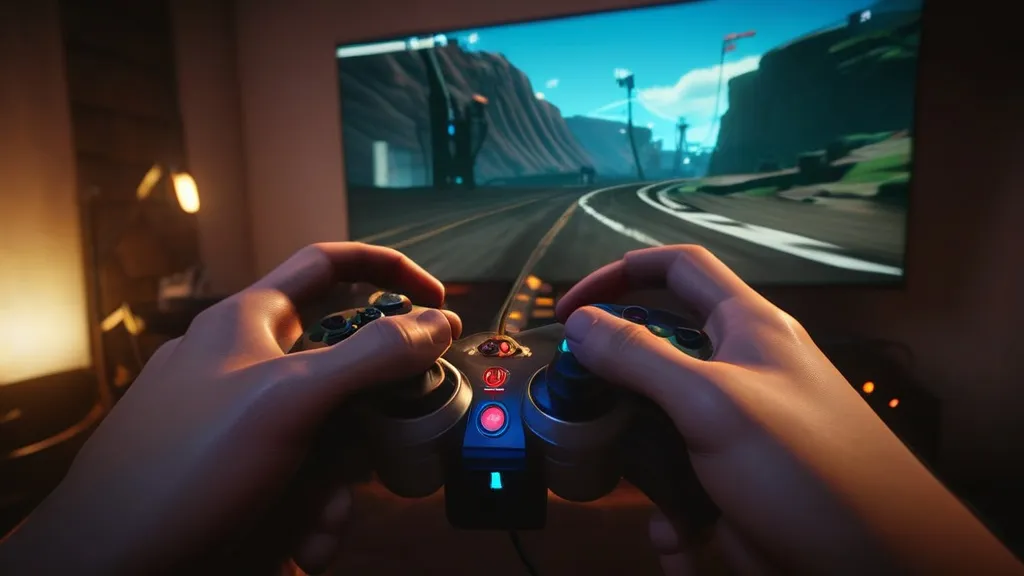
Early goals: sub-one-hour, then sub-50, then sub-45, etc. A ladder. Small wins keep you in the game. If you aim for the ceiling on day one, you’ll burn out, uninstall, and pretend you never owned a timer. Ask me how I know.
Stuff You Think You Need (But Don’t)
- A $300 capture card. Please no. Start with what you have. Upgrade if you stick around.
- Perfect tutorials. They don’t exist. Every route has gaps. You fill them by trial and error.
- A magic mindset. It’s practice. Breathe, reset, repeat. That’s the secret sauce.
When To Add Advanced Tech
After your first few PBs, pick one advanced trick at a time. Schedule it. “This week: early cycle on Level 3.” Train it like a gym routine. Don’t tack three new tricks on at once, then cry when your consistency implodes. One trick. Then stabilize.
More of My Notes
If you somehow enjoy my rambling, I dump extra thoughts, route tweaks, and practice logs here: James Carter. It’s messy. Real. Lots of charts I forget to update.
Little Mental Tricks That Actually Work
- Name your splits. Dumb names help you remember. “Goblin Tunnel” is more memorable than “Level 4-A.”
- Count aloud before a tight jump. One, two, jump. Sounds silly. Works.
- After a bad reset streak, do one “tourist run” where you just finish and enjoy the movement.
- Set a PB pace alarm in LiveSplit? Sure. Or turn it off and calm down. Depends on your brain.
What I Think About “Meta” vs “Fun”
I’ve always found that the best runners secretly enjoy the grind. They like the feeling of clean movement more than the leaderboard screenshot. If you chase screenshots, you might get one. Then what? If you chase mastery, the PBs pile up on their own. And, yeah, I know, that sounds like a fortune cookie. But it’s true.
Where This Fits In The Larger Scene
Every year I watch runs from marathons and community events. I keep a list of runs I love, study the routes, steal shamelessly, give credit. The culture is generous when you are. Learn, share, keep your ego on a leash.
Oh, And This Isn’t A Magic Bullet
This is not some mystical beginner speedrun guide that unlocks god mode. It’s just the stuff I wish someone told me early. You still have to press the buttons. The good news: pressing buttons is fun.
Speedrun Jargon Cheat-Snack
If the slang ever gets heavy, that’s normal. You’ll pick it up as you go. If you want a formal glossary, the wiki has one, but honestly you’ll learn faster by doing. Still, the official background helps sometimes.
Why people keep talking about splits
Splits tell you where the time goes. If your “Level 3” split is a minute slower than your gold, that’s the target. Fix that. Don’t obsess over the perfect run that never existed. Compare against yourself. Your PB is you. Beat you.
Submitting Your First Run (And Not Panicking)
- Record or stream. Make sure audio is okay and the timer is visible.
- Write clear notes: version, category, platform, timing.
- Be patient with mods. It might take a few days. Go practice while you wait.
A Quick Word On Energy And Breaks
If your focus is gone, you’re done. Go drink water. Touch grass. Stretch your hands. Sounds basic. It’s the difference between five resets and a PB. I once took a five-minute break, came back, golded two splits, PB by 40 seconds. Not magic. Just not tired.
FAQs (from real DMs, basically)
- Q: Do I need to stream to be a speedrunner? A: Nope. Recording helps, streaming is optional. Do what keeps you practicing.
- Q: How long till my first PB? A: Your first completed run is your PB. A better PB? Usually within a week if you practice smart.
- Q: Is emulator allowed? A: Depends on the game and category. Ask the mods. Read the rules. Don’t assume.
- Q: How do I stop choking on PB pace? A: Breathe before hard sections, use a consistent setup, practice those parts more than others.
- Q: Should I learn a crazy glitch early? A: Probably not. Learn one small trick at a time. Keep runs alive first.
If you’re still reading, you already get it. You want the grind. The tiny wins. The quiet satisfaction of a clean jump you couldn’t do last week. That’s the whole point for me.

James Carter: Your competitive edge. I cover Patch Notes, Speedruns, Battle Royale Strategy, Multiplayer Trends, and Game Dev Insights. Let’s get into it!
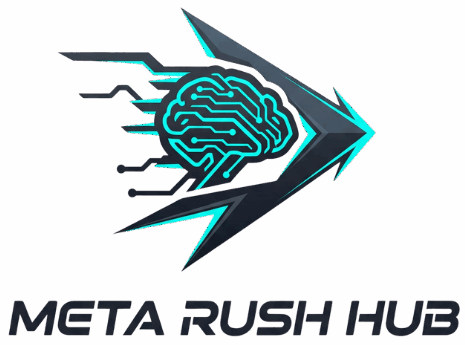

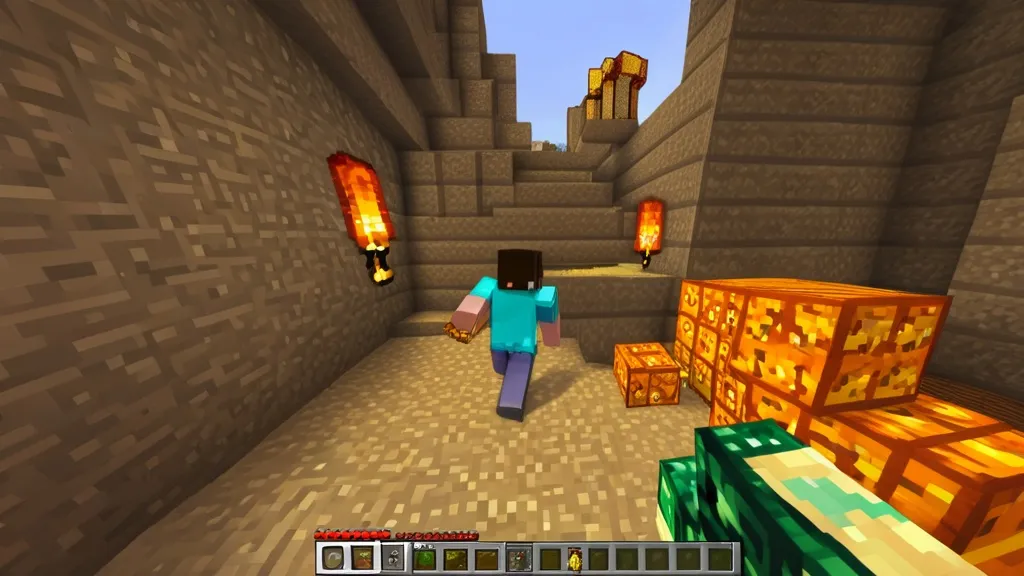
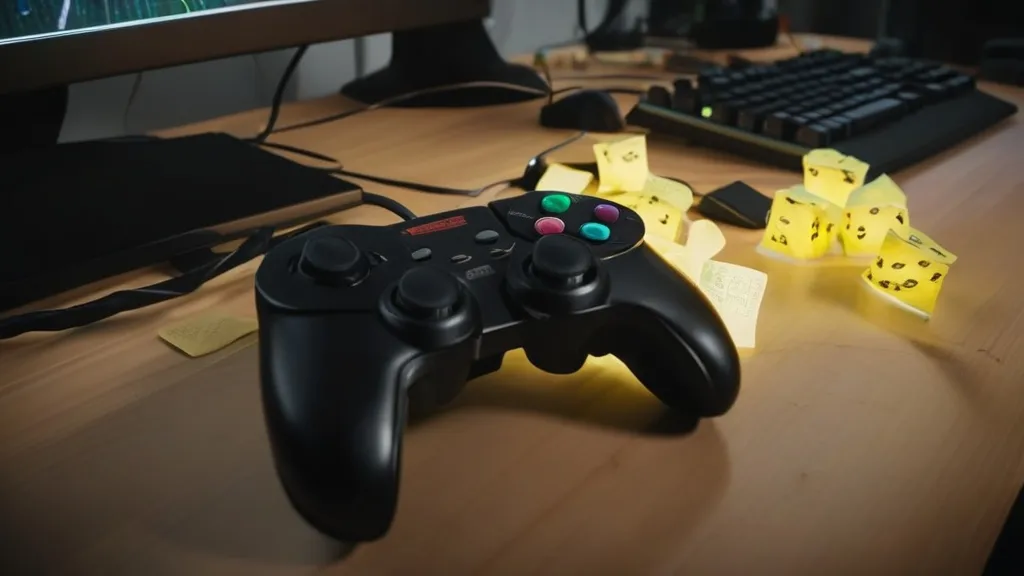
This article makes speedrunning seem achievable and fun. Love the no-nonsense approach! Excited to give it a try.
Man, speedrunning is a wild ride of chaos and beauty. Can’t wait to dive in!
I’ve always been curious about speedrunning, but this article broke it down in a fun and relatable way!
Speedrunning seems chaotic and intense, but oddly relaxing. It’s an amazing mix of science experiment and playground dare.
What’s your favorite speedrunning memory that keeps you hooked after a decade?